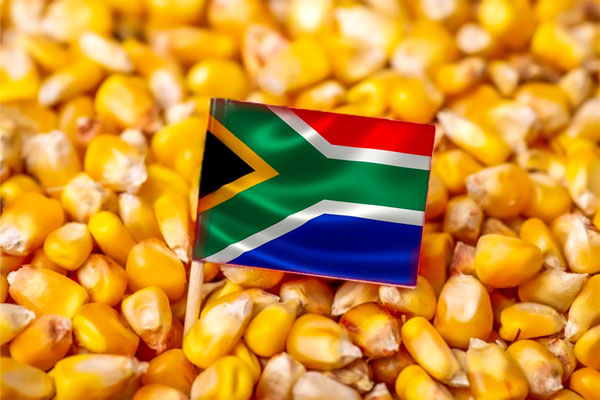
South Africa’s grain industry is experiencing significant growth and is expected to yield another successful crop this year. The country is now focused on capitalizing on the lucrative Chinese grain market to increase its export earnings.
SPECIAL FEATURE | BIRD AGENCY | South Africa is setting eyes on the lucrative Asian market for its grains, especially maize, with a ground-breaking achievement; a mega export of over 100,000 tonnes of yellow maize to China.
The country exported 108,104 tonnes of yellow maize to China between March 25 and April 14 this year, according to the South African Grain Information Service (SAGIS).
GrainSA – an autonomous organization advocating for profitable grain farming – told Reuters that South Africa was hopeful of building on this initial export of yellow maize to settle the vast Chinese demand to its economic advantage.
GrainSA is quoted in the report stating, “the 2014 protocol signed between both governments placed South Africa in a position to export maize to China.”
The advantages that pave the way for this profitable trade extend beyond the protocol alone. South African corn is at a lower price compared to major suppliers of the Asian country majorly, Brazil, Argentina and the EU.
However, according to Wandile Sihlobo, Chief Economist of the Agricultural Business Chamber of South Africa (Agbiz) and a presidential advisor, the quality of South African corn is also a contributing factor.
“This was not the first time China bought South African maize,” he explains, “but the volumes were always small in the past,” Sihlobo told bird story agency.
Data from GrainSA shows that maize exports to China averaged about 4000 tonnes annually since 2013.
Apart from pricing, “they probably just discovered our great quality maize – nicely dried in the Southern African sun,” Sihlobo remarked.
Global Times, a mouthpiece for China’s Communist Party, suggests the Asian country is seeking to diversify its maize import sources away from the dominant countries, the US and Ukraine, which together have supplied more than 90% of its corn.
“The growing tensions with the US make it a vulnerable source while Ukraine’s supplies have been cut short by the on-going war,” it reports.
This recent milestone may seem relatively modest compared to the Rainbow nation’s overall maize exports of more than 3.5 million tonnes in the 2022/23 year.
Nonetheless, it signifies a gateway to significant opportunities for South Africa, considering the high demand in China, a nation that has traditionally relied on European countries for its corn supply.
This pivotal move also attests to the success of South Africa’s thriving agricultural systems and highlights the significant economic potential that lies within.
In the past decade, South Africa has seen a surge in maize production, with projections for the current season already showing more growth signs.
South Africa’s Crop Committee estimate production for the 2022/2023 season to be 16.1 million tonnes, a 5% increase from the previous season.
“The expected large harvest is primarily on the back of large yields, as the area planted is slightly down from the 2021/22 season,” Sihlobo explains.
It also means that “over 3 million tonnes of maize will be available for export markets in the 2023/24 marketing year with 11.4 million tonnes remaining for the domestic market.”
South Africa already has an extensive maize export market in Asia, Europe and Africa, with countries such as Taiwan, Japan, Vietnam, Mexico, Botswana and Zimbabwe being some of the largest importers of South African maize.
Other than maize, Sihlobo is hopeful South Africa will expand other agricultural exports to China.
“I’m keen on seeing more of our quality fruits, grains and beef on the plates of Chinese consumers,” he said.
The agricultural sector in South Africa is witnessing remarkable growth across multiple fronts. Soybean production, for instance, has soared by an astounding 24%, reaching 2.8 million tonnes.
While sunflower seed, groundnuts and dry bean production have dropped by 6%, 6% and 8% respectively, overall, South Africa’s exports from agriculture showed commendable resilience last year, increasing to a record US $12.8 billion.
Not only was this “the second largest agriculture exports value on record,” but other elements such as record agricultural machinery sales show promise for the future.
According to Sihlobo, “continuous engagement of existing markets and mending relationships with regions like the EU where there has been friction with citrus exports” could drive agri-based revenues even higher in 2023.
******
SOURCE: bird story agency
 The Independent Uganda: You get the Truth we Pay the Price
The Independent Uganda: You get the Truth we Pay the Price


